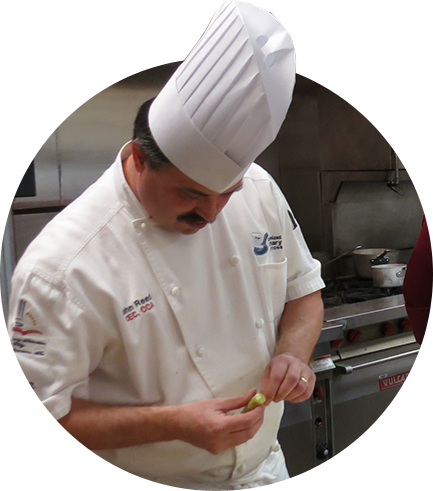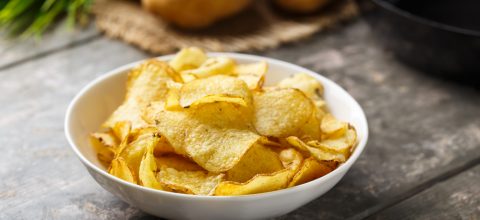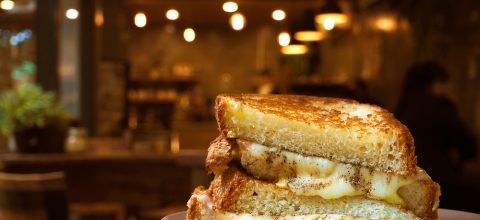The word Grytts is an Old English word translated as “coarse meal” derived from the removing of the bran or chaff of grains. Chaff is a word that those who have spent time around the farm know-it’s the dried outer casing of wheat or corn after the kernel has been removed by threshing. Driving around the farmlands this time of year, you see the combine harvesters in the fields, streams of wheat and field corn being transferred to trucks to be processed into the various commodities we use on a daily basis. Did you notice that if you look at the word Grytts itself, it is very similar to the breakfast staple of the South: grits?
So how did the staple of the Native American Indians of Virginia, “rockahomie,” end up as one of the official foods of Georgia? When the British arrived in Virginia in 1607, they were introduced to a corn gruel which, when the name was shortened, became “hominy” and looked similar to one of the many European oatmeal porridges called groats. When seeing the dried cornmeal, these early settlers used the word grytts, and thus the name was born. Yes, it was the British getting involved again-just like rock and roll and motorcycles. Yes, it was a clash of cultures, but food is universal, and through similar visual and taste associations, a common language can unite and make sense of things.
Cooking is that one medium that can bridge the gap between people and bring them to a common place. I wish it were that easy in American politics. Sit down over a good meal, shoot the shit, and walk away with a common understanding that there are many things that can bring us together. No, it’s not Supreme Court Justices, economic policies, or conspiracy theories, its great American dishes like shrimp and grits, Indian pudding, tamales, liver mush and pone all made from similar ingredients. Each has a common core of using a truly American product: cornmeal. Influenced by local flavors, techniques and cultural differences, its use created the culture of food in the USA. The great part of this whole getting to know one another through regional dishes things is that they all end up on the table together, satisfying the needs of all. This is especially true during the first harvest. It was a time when everyone around the table enjoyed the fruits of their labor. It wasn’t just for those who had a little more than others and didn’t want to share. I still think they put the wrong people at the kids’ table.
As our history is being written, you always need to look at the past and try not to make the same mistakes twice. I look to the past when thinking about these articles to find inspiration. In this edition, I came across Danish and German descendants of grytts. The German is Rote Grütze and in Denmark Rødgrød. Both of these translate to red groats, a pudding topped with red fruits. The Danish also have green, black and gold versions depending on the season.
So from dried corn to sweet desserts, there is a common thread that somehow we are all related through cooking and the bountiful ingredients this planet has to offer, even though the words maybe different. The world is good when we make food taste great, bring people together and share our stories rather than fighting about what’s better for breakfast-grits and gravy or a bagel and cream cheese!
Recipe
Here’s a simple recipe for fruit grütze
Ingredients:
- 6 Cups Diced Seasonal Fruit (pick any color)
- 2 Tablespoons Cornstarch
- 2 fl oz water
- 4 oz Sugar
- 2 Tablespoons Bourbon
- 1 Tablespoon Fresh Lemon Juice
- 1 Teaspoon Vanilla Bean Paste
Directions:
- Puree the fruit in a blender until smooth.
- Mix the cornstarch with the water to make a slurry and reserve.
- Combine the fruit puree with the sugar and bring to a boil.
- Stir in the cornstarch slurry and bring back to a boil. Simmer for 3 minutes to thicken.
- Remove from the heat add the bourbon, lemon juice and vanilla.
- Portion into cups and refrigerate overnight.
Serve with vanilla sauce, whipped cream or ice cream.
Beer
What to serve with grits and red eye gravy
I would recommend a beer for breakfast. Try this classic stout from Founders.

Rich American style milk stout with roasted barley bitterness with coffee and chocolate undertones that pair well with the fat and saltiness of good grits and country ham used to make the gravy.










